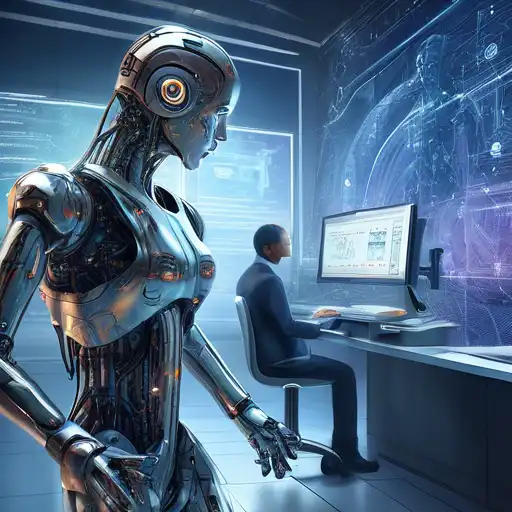Introduction to AI and Machine Learning
In the rapidly evolving world of technology, Artificial Intelligence (AI) and Machine Learning (ML) are two terms that are often used interchangeably, yet they signify different concepts. This article aims to demystify these terms, highlighting their differences and how they complement each other in the tech ecosystem.
What is Artificial Intelligence?
Artificial Intelligence is a broad field of computer science focused on creating systems capable of performing tasks that typically require human intelligence. These tasks include problem-solving, understanding natural language, recognizing patterns, and making decisions. AI can be categorized into two types: Narrow AI, which is designed to perform a narrow task (e.g., facial recognition or internet searches), and General AI, which can perform any intellectual task that a human being can.
What is Machine Learning?
Machine Learning, a subset of AI, refers to the process by which computers use algorithms to parse data, learn from it, and then make a determination or prediction about something in the world. Unlike traditional programming, where a programmer writes explicit instructions, ML enables computers to learn from data and improve their accuracy over time without being explicitly programmed to do so.
Key Differences Between AI and Machine Learning
- Scope: AI has a broader scope, aiming to simulate human intelligence, whereas ML focuses on enabling machines to learn from data.
- Functionality: AI systems can perform tasks like reasoning and problem-solving, while ML systems are designed to learn and improve from experience.
- Dependency: ML is dependent on data to learn and make decisions, whereas AI can be rule-based and not necessarily learn from data.
How AI and Machine Learning Work Together
Despite their differences, AI and ML are interconnected. ML is one of the ways we achieve AI. By feeding data into ML algorithms, we can train models that make AI systems smarter and more capable. For example, AI-powered chatbots use ML to understand and respond to human language more effectively over time.
Applications of AI and Machine Learning
Both AI and ML have transformative applications across industries. AI is used in healthcare for diagnosing diseases, in finance for fraud detection, and in autonomous vehicles for navigation. ML, on the other hand, powers recommendation systems like those on Netflix and Amazon, and is crucial for spam detection in emails.
Conclusion
Understanding the distinction between AI and Machine Learning is crucial for anyone looking to delve into the tech industry. While AI encompasses the broader goal of creating intelligent machines, ML provides the tools and techniques to achieve this goal through learning from data. Together, they are shaping the future of technology, making our lives easier and more efficient.
For more insights into the world of technology, check out our articles on Tech Trends and Data Science.
